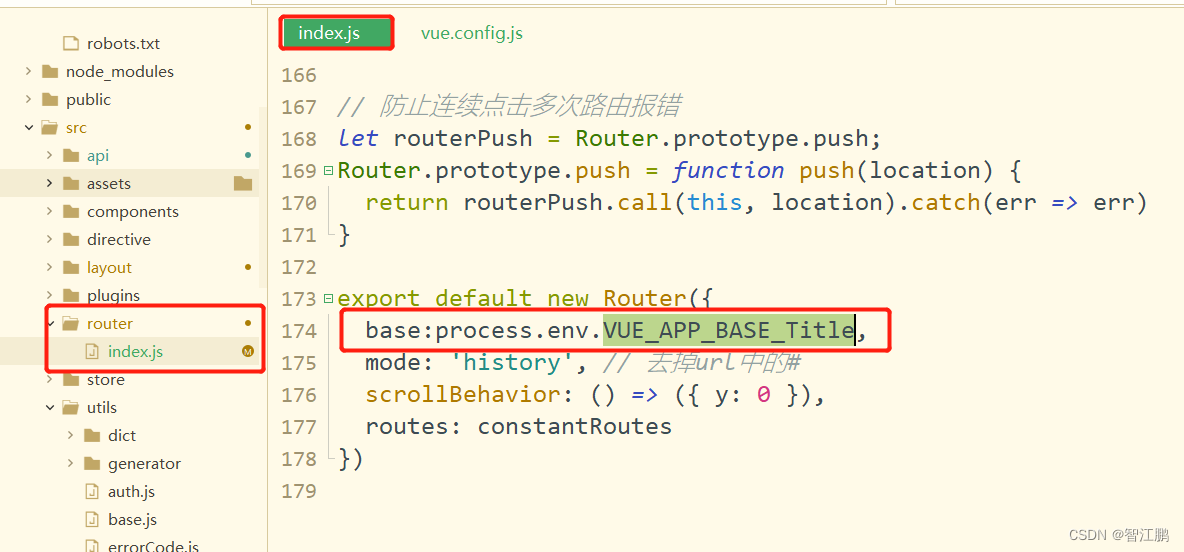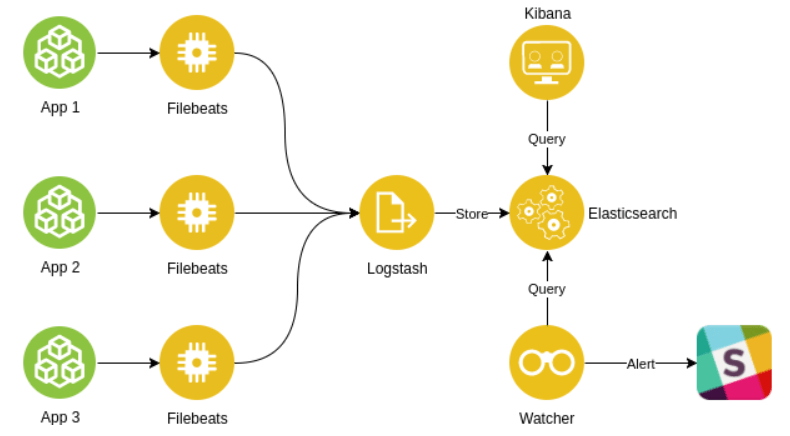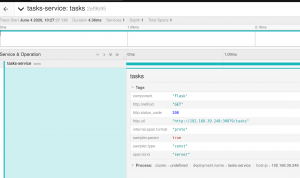

In our case, all the nodes are equal and share all roles by default and cluster consists of 3 nodes to avoid split-brain problem and provide high availability. If Elasticsearch instances form a cluster, they might have different roles. Elasticsearch can run as a single instance or in a cluster mode. Other than these, we need a Headless Service which is used for discovery of StatefulSet Pods. Unlike a Deployment which ensures the group of Pods within the Deployment stay bound to a PersistentVolumeClaim. StatefulSets will ensure the same PersistentVolumeClaim stays bound to the same Pod throughout its lifetime. Since Elasticsearch maintains state, we need to use StatefulSet which is a deployment that can maintain state. Helm init -service-account tiller -upgrade -wait Deploy Elasticsearchĭeployments in k8s do not keep state in their Pods by assuming the application is stateless. Also, you can put the resource definitions in a manifest file (for example helm-rbac.yml) and perform kubectl apply command like in the following:

In our blog post, we are going to deploy filebeat as a DaemonSet and forward k8s logs to Logstash.īefore diving into details, if you want to know why we are deploying elasticsearch to the k8s, you can read this article. It monitors the log files or locations that you specify, collects log events, and forwards them to either to Elasticsearch or Logstash for indexing. Filebeat is a lightweight shipper for forwarding and centralizing log data. Kibana lets users visualize data with charts and graphs in Elasticsearch. Logstash is a server‑side data processing pipeline that ingests data from multiple sources simultaneously, transforms it, and then sends it to a stash like Elasticsearch. Elasticsearch is a real-time, distributed, and scalable search and analytics engine. What is ELK Stack and FilebeatĮLK is an acronym for three open source projects: Elasticsearch, Logstash and Kibana. So, to be able to overcome these challenges, you have to utilize the well-known, dedicated tools and frameworks such as ELK Stack, Filebeat. It is not possible to perform collection and processing manually.


But the main challenge is not only the variety of formats but also lots of log producers, especially in cluster environments. It is not trivial to handle all these different log formats. In general, there are different types of logs in every infrastructure including third-party, system, application specific logs which have different log formats like json, syslog, text, etc. The logs are one of the most critical parts of every infrastructure for monitoring and debugging purposes.
SECURING FILEBEATS HOW TO
How to Setup an ELK Stack and Filebeat on Kubernetes


 0 kommentar(er)
0 kommentar(er)
